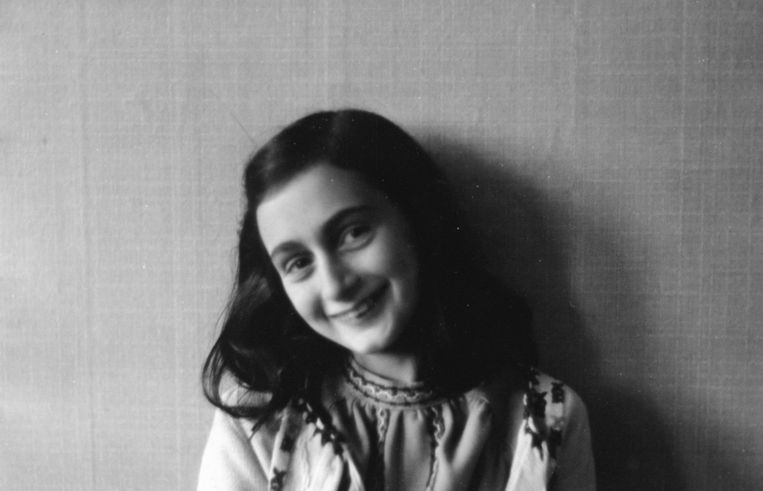A recent book which claimed that it had solved the mystery was pulled from the shelves after a new report on Tuesday by six Dutch scholars charged that the investigation in the book was unreliable.
The book detailed how a team of investigators, including a retired FBI agent, believed that they had found the man that revealed the location of Anne Frank, her family, and others to the Nazis – a denunciation that led to Frank’s deportation and death in the concentration camps.
The famous diary of Anne Frank details much about the family’s life in hiding from July 5, 1942, until their discovery on August 4, 1944. The family was hiding in a rearhouse (Achterhuis) at the Prinsengracht in Amsterdam. But exactly how the Nazis found them remained a mystery.
Until the book “The Betrayal of Anne Frank: A Cold Case Investigation” by Canadian writer Rosemary Sullivan picked out Arnold van den Bergh – a notary and member of the Dutch Jewish Council during the Nazi occupation – as the suspected informer. The investigation team, led by retired FBI inspector Vince Pankoke, used the same cold case method as in homicide cases.
The team concluded with 85% probability that it was the Jewish notary Arnold van den Bergh who had betrayed the hiding address of the Frank family in order to save his own and his family’s lives. It also claimed that he had the opportunity because as a member of the Jewish Council he had closed contacts with Nazi-German officials.
Related News
- How did the Nazis find Anne Frank? Investigators believe they have the answer
- Holocaust remembrance: Surviving under a false identity
The book was published in 8 languages in 20 countries and was supported by a big publicity campaign. In The Netherlands, the book immediately drew fierce criticism from several other historic experts, some of which had been consulted for the book.
Not only was the conclusion seen as highly improbable. Commentators also warned that the whole idea that Anne Frank was betrayed by a Dutch Jew could whitewash the collaboration of the Dutch administration with Nazi-Germany during the occupation and even fuel antisemitism.
The response to the book came this week in the form of a 68-page report by a team of six Dutch historians. They examined what they called the “evidently erroneous reading of the sources” by Sullivan’s investigation team and the “fabricated additions to the sources” in the book.
In fact, van den Bergh did neither have a motive nor the opportunity to betray the Frank family as he himself and his family went already into hiding in January 1944 until the end of the war. The Frank family was betrayed 7 months later in August 1944.
After the war, all kinds of anonymous accusations tried to harm people who had miraculously survived. As a member of the Jewish council, which was forced to cooperate with the Nazis, van den Bergh became the usual suspect. The majority of members in the Jewish councils in occupied Europe were themselves sent to the death camps or committed suicide.
When the report was presented, van den Bergh's granddaughter, Mirjam de Gorter, thanked the authors for their "meticulous" research on a book she believed "portrayed my grandfather as a Jewish scapegoat".
In a few weeks, a book on the Dutch Jewish Council by Dutch historian Bart van de Boom will hit the shelves. This book will undoubtedly again lead to much controversy in country which still is coming to terms with the painful past and the memory of the Holocaust. Van de Boom is one of the critical historians behind the response to Sullivan’s book.
Only last year, the Dutch Holocaust Memorial of Names was inaugurated in Amsterdam to commemorate the memory of the 102,000 Dutch victims of the Holocaust. It is made of more than 102.000 yellow bricks, containing the names of the 102,000 Jewish victims and 220 Sinti and Roma victims. One brick is engraved with the name of Annelies Frank, 12.6.1929 - 15 jaar.
M. Apelblat
The Brussels Times

